- No products in the cart.

Furosemide injection 10mg / ml 2 ml ampoules 10 pcs
$0.60
Furosemide injection 10mg / ml 2 ml ampoules 10 pcs
Description
Composition
Active substance:
1 ml contains: Furosemide 0.01 g
Excipients:
A solution of sodium hydroxide, sodium chloride, water for injection.
Product form:
Injection solutions in 2 ml ampoules.
Packing 10 pcs.
Contraindications
Acute glomerulonephritis, acute renal failure with anuria, disorders of water and salt exchange and AAR (hypokalaemia, alkalosis, hypovolemia, hyponatremia) prekomatosnoe condition, hepatic coma, diabetic coma. Hypersensitivity to furosemide.
Dosage
10 mg / ml
Indications
Edematous syndrome of various genesis (chronic heart failure, liver cirrhosis (portal hypertension syndrome).
Edema syndrome of renal origin (nephrotic syndrome foreground is treatment of the underlying disease).
Acute heart failure, especially in pulmonary edema (used in combination with other therapeutic measures).
Swelling of the brain.
Swelling caused by burns.
Severe forms of hypertension.
Hypertensive crisis.
To maintain a forced diuresis in case of poisoning.
Apply strictly prescribed by a doctor to avoid complications.
furosemide treatment should be carried out against the background of a diet rich in potassium.
Interaction with other drugs
Furosemide may be administered in combination with other antihypertensive agents. Furosemide impractical combination with cephalosporins, gentamycin and other drugs that provide nephrotoxic and ototoxic effects.
With simultaneous use of furosemide with cardiac glycosides increases the risk of glycoside intoxication; with NSAIDs – weakens the diuretic effect of furosemide.
pharmachologic effect
Pharmacological group:
Diuretics.
Pharmacodynamics:
Fast-acting diuretic with a diuretic effect. Penalized reabsorption of sodium ions, chlorine in thick ascending part of Henle segment loops. Furosemide has a strong diuretic, natriuretic, hlorureticheskoe action. In addition, it increases the excretion of potassium ions, calcium and magnesium.
When administered intravenously, furosemide action develops within 15-20 minutes and reaches its maximum towards the end of the first hour; diuretic effect continued for 3 hours.
Pharmacokinetics:
After intravenous administration of furosemide 60-70% excreted in urine. Furosemide is 98% bound to plasma proteins, mainly albumin. The half-life after intravenous administration of Furosemide is between 1 to 1.5 hours.
Conditions of supply of pharmacies
On prescription.
side effects
With prolonged use, as well as in the appointment of high doses may develop hypovolemia, dehydration, hypokalemia, hyponatremia, chloropenia, gipokaliemicheskogo metabolic alkalosis and, as a consequence of these disorders can be observed – hypotension, dizziness, dry mouth, thirst, cardiac arrhythmias, muscle weakness, leg cramps.
Also nausea, vomiting, diarrhea, dermatitis, hyperuricemia (with the possible exacerbation of gout), hyperglycemia. When high doses of furosemide in patients with severe renal excretory function in some cases, possible: deafness, visual impairment, paresthesia.
Due to the increased sodium losses (especially in low salt intake) can occur such phenomena hyponatremia, as apathy, loss of appetite, feeling of weakness, lethargy, drowsiness, and confusion.
Due to loss of fluid and electrolytes may increase the already existing metabolic alkalosis.
In some cases, possible anaphylactic shock.
special instructions
Patients receiving large doses of furosemide, to avoid the development of hyponatremia, hypochloremic alkalosis, it is impractical to restrict the consumption of salt for preventing hypokalemia is recommended that a diet rich in potassium and / or reception of potassium-containing preparations. Increased risk of violations of water-electrolyte balance observed in patients with renal insufficiency. During the course of treatment is necessary to periodically monitor blood plasma electrolytes, CBS, residual nitrogen content and to carry out, if necessary, appropriate correction treatment (with multiplicity greater in patients with frequent vomiting and background parenterally administered liquids). When new or worsening azotemia and oliguria in patients with severe progressive renal disease, it is recommended to suspend treatment. Selection of dosing regimen in patients with ascites against a background of cirrhosis, should be carried out under steady-state conditions (disorders of water and electrolyte balance may lead to the development of hepatic coma). This group of patients, a particularly careful monitoring of the content of plasma electrolytes. For timely correction of hypokalemia recommended use of potassium sparing diuretics and drugs (especially spironolactone). Use of furosemide may account for worsening of systemic lupus erythematosus, gout exacerbation (especially in patients with concomitant renal failure), reversible hearing loss, tinnitus (especially in combination with other ototoxic drugs). Excreted in milk in lactating women, and therefore it is advisable to weaning. In patients with diabetes mellitus or impaired glucose tolerance, hyperglycemia can cause, and therefore require periodic monitoring of glucose levels in the blood and urine. In patients in an unconscious state, with enlarged prostate, requires monitoring of urine output, due to the possibility of acute urinary retention.
Be wary appoint patients taking corticosteroids and other kaliyuretiki.
Storage conditions
Store at a temperature not higher than 25 C.
Dosing and Administration
B / in (rare / m), parenteral administration is advantageously carried out in those cases when you can not take it inside, in urgent situations, or when a pronounced edematous syndrome. Edema syndrome: initial dose 20-40 mg.
B / in infusion is carried out for 1-2 min .; diuretic response in the absence of an additional 20 mg every 2 hours until reaching an adequate diuresis. The average daily dosage for on / in the children 0.5-1.5 mg / kg, 20 mg maximum. Patients with reduced glomerular filtration and low diuretic response, average doses of 1-1.5 maximum single dose of 2 g
Lung edema: in / bolus, 40 mg, in the absence of adequate diuresis after 1 h, the dose is increased by 2 times. Hypertension: 20-40 mg 1-2 times a day, in the absence of a sufficient decrease in blood pressure, the treatment must be added other antihypertensive drugs. When added to an already designated furosemide hypotensive drugs, their dosage must be reduced to 2 times.
Initial single dose in infants is 2 mg / kg with a maximum of 6 mg / kg.
Information
Appearance may differ from that depicted in the picture. There are contraindications. You need to read the manual or consult with a specialist
Additional information
| Weight | 0.100 kg |
|---|---|
| Manufacturer | Russia |

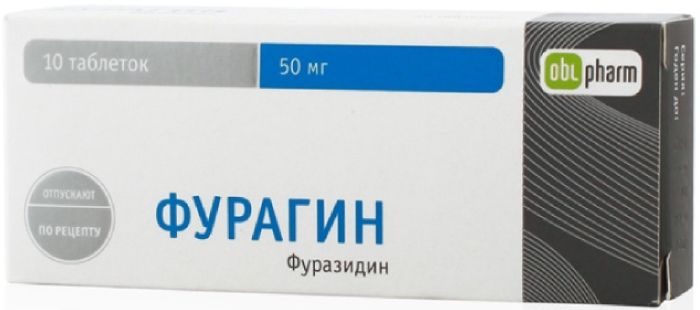
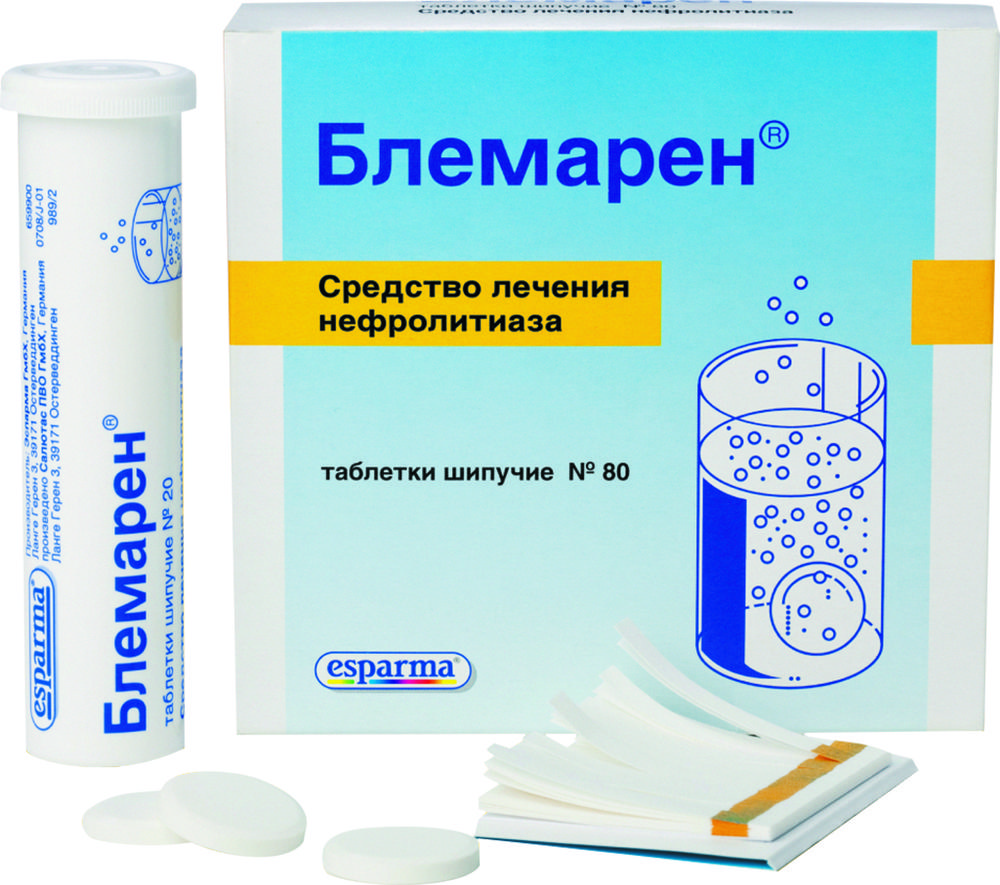


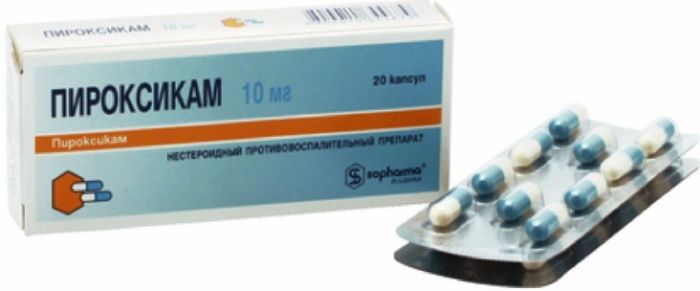
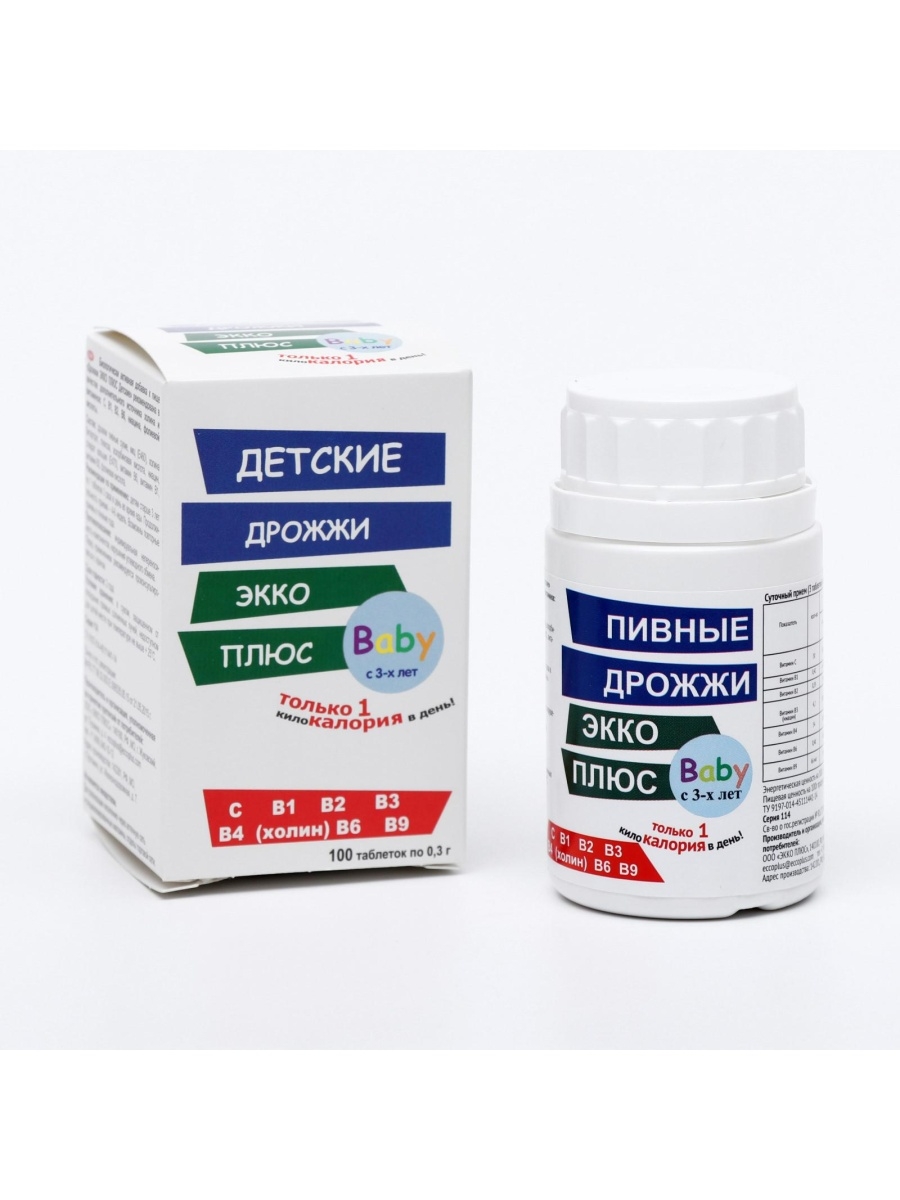
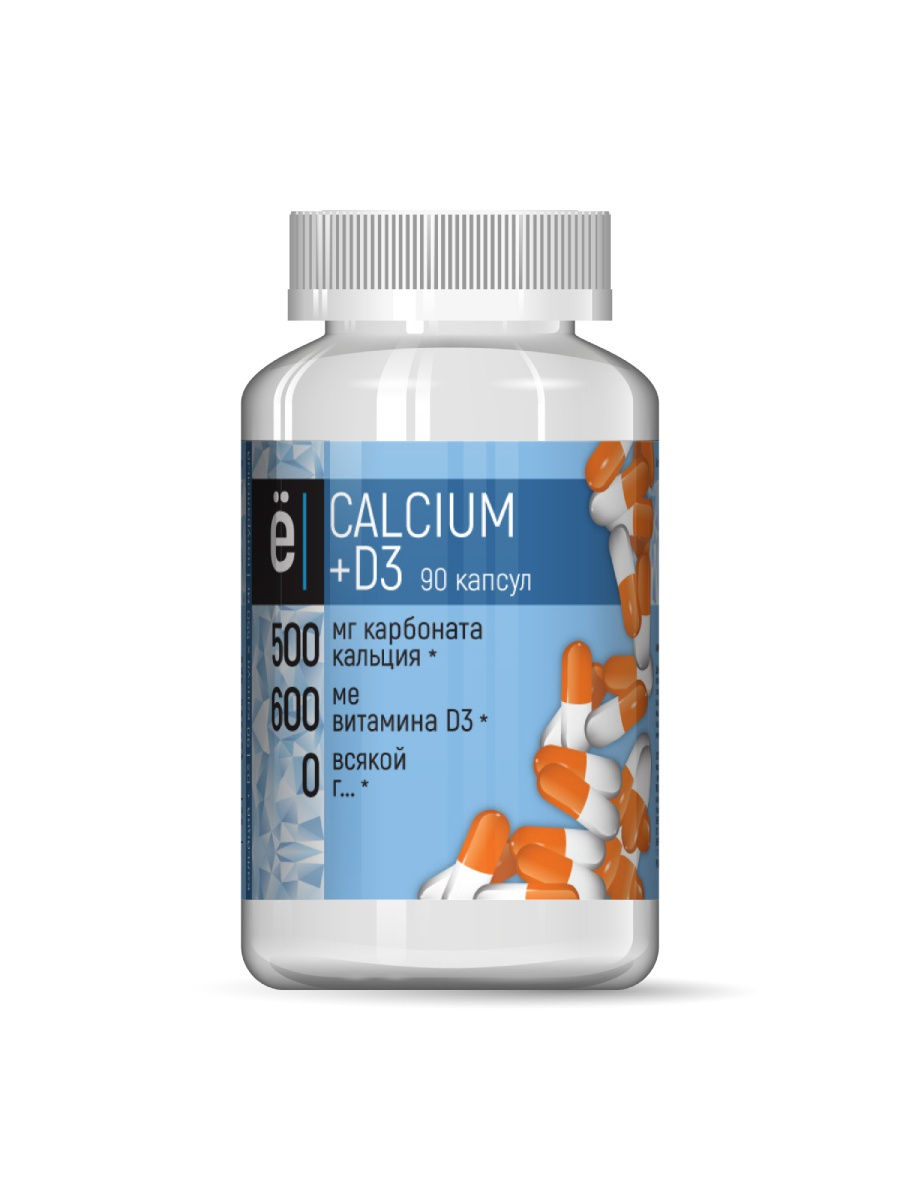
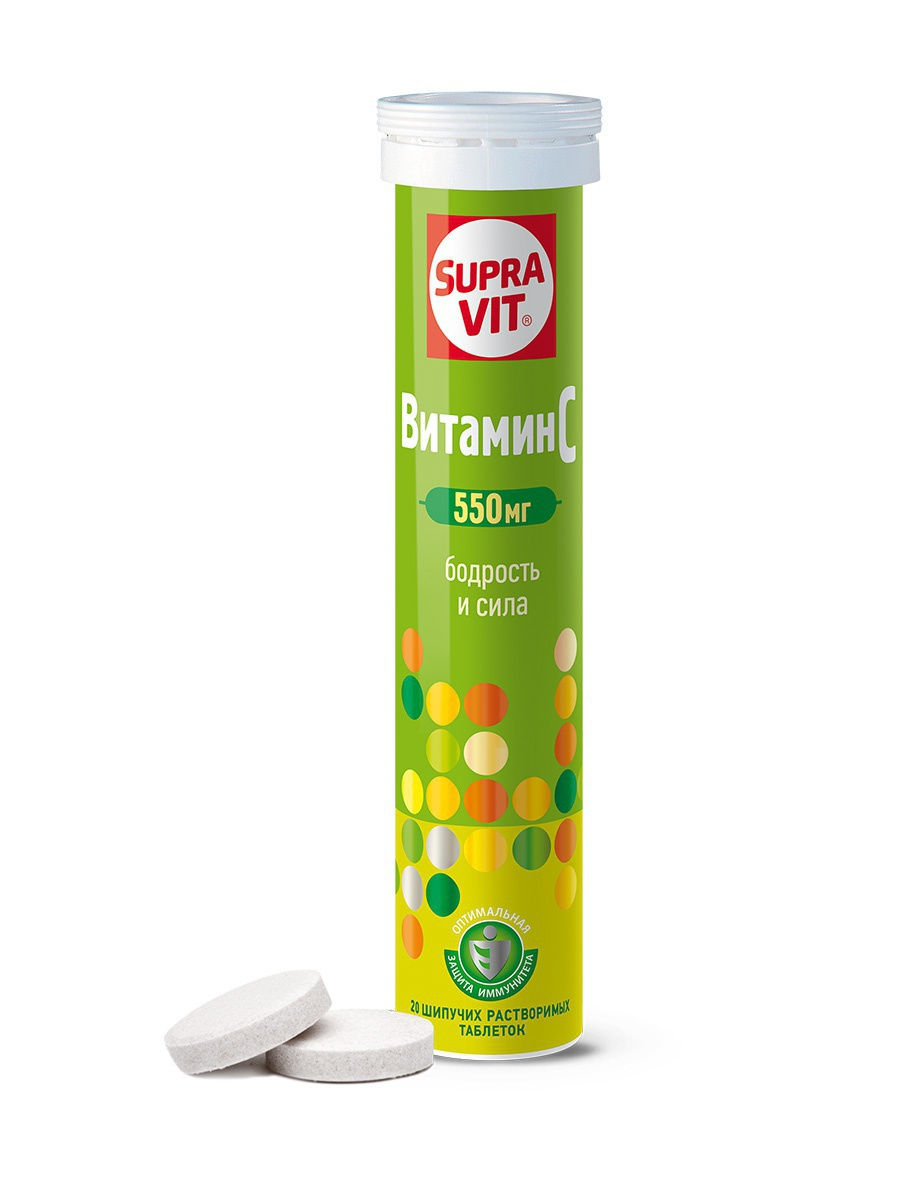




There are no reviews yet.